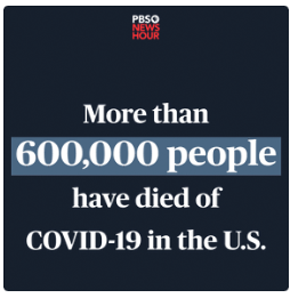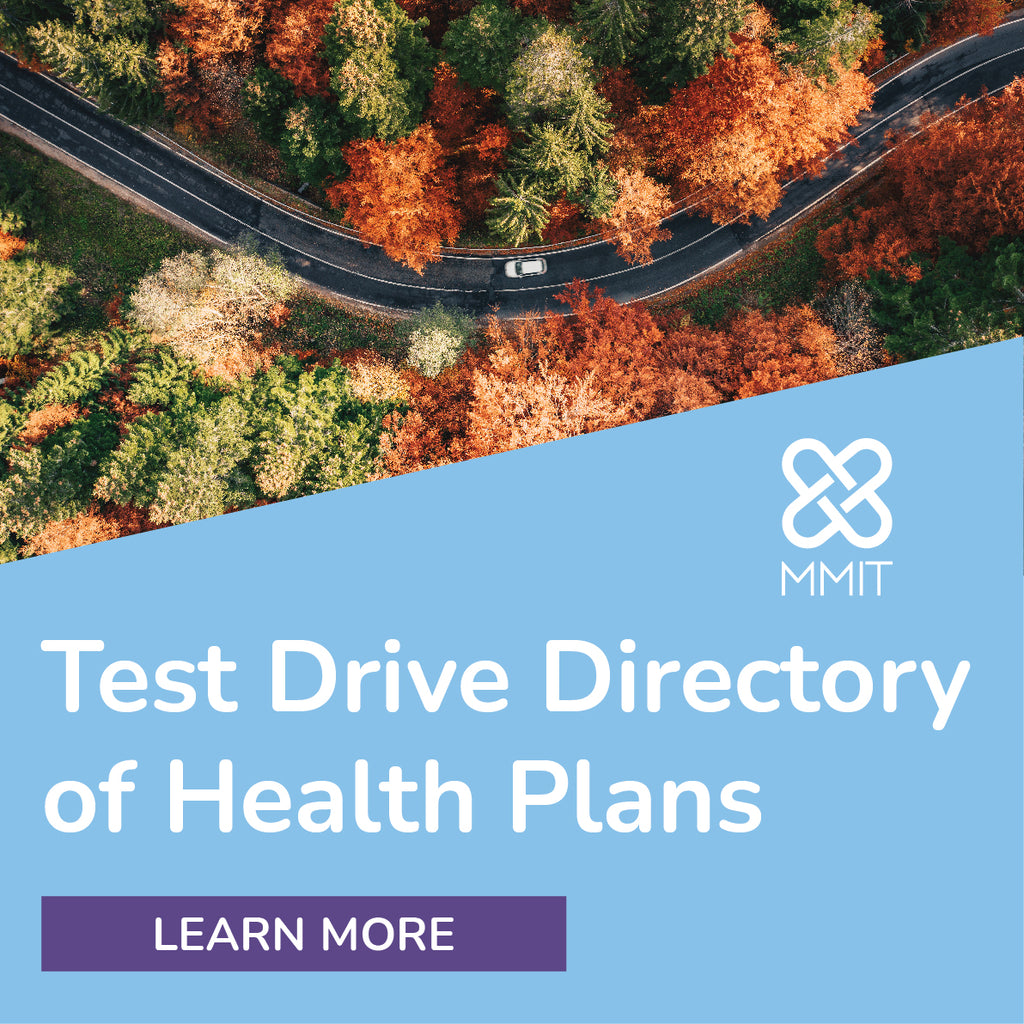Health Plan Weekly
-
California Law Aims to Boost Behavioral Health Pay Parity
California recently passed a law requiring health plans to follow a more expansive definition of behavioral health reimbursement parity starting in 2021. Experts say that plans will have to spend more on behavioral health care than they did before, as payers’ utilization management practices will have to follow a more generous standard for medical necessity.
The new law, which passed the California Assembly as S.B. 855 on Sept. 23, expands the requirements of existing behavioral health parity statutes to require that plans reimburse all “medically necessary” behavioral health treatment, including substance use disorder treatment. The law also includes a provision that requires plans to limit cost sharing to in-network levels for members who are only able to access out-of-network providers.

-
News Briefs
✦ Insurers that recover funds from a favorable Supreme Court ruling in a case regarding Affordable Care Act risk corridors payments (HPW 5/4/20, p. 1) must share some of that money with customers, CMS proposed in a guidance document issued Sept. 30. “Issuers must submit a revised MLR reporting form(s) for the 2015 through 2018 reporting years for each state, market, and year in which the issuer has a greater rebate liability based on inclusion of the recovered RC [risk corridors] payment amounts,” the agency said. “Issuers must pay the outstanding rebate amounts to the enrollees who were enrolled in the respective MLR reporting year.” Read more at https://go.cms.gov/36mPQ6l.
✦ Between February and June 2020, Medicaid enrollment increased by 6.2% with nearly 4 million new enrollments, according to recent data from CMS. The agency’s first monthly Medicaid and CHIP Enrollment Trends Snapshot shows that overall enrollment in Medicaid and CHIP “sharply increased” during the COVID-19 public health emergency, and again with the passage of the Families First Coronavirus Response Act maintenance of effort requirement, which prohibited states from conducting eligibility redeterminations as a condition of receiving enhanced Medicaid funding. Visit https://bit.ly/2EPKrtb.

-
Did Arkansas’ Medicaid Work Requirements Boost Employment?
Arkansas, the first state to add work requirements to its Medicaid program — asking residents ages 30-49 to work 20 hours a week or prepare for a job to maintain their coverage — dropped more than 18,000 people from its Medicaid rolls between June 2018 and April 2019, when a federal judge struck down the policy. A recent study published in Health Affairs found no evidence that the requirements increased employment either when they were in effect or over a longer term. By analyzing data collected from a survey performed in late 2019 of low-income adults in Arkansas, the researchers found that the Medicaid or marketplace coverage of Arkansans ages 30-49 dropped from 70.5% in 2016 to 63.7% in 2018, then rose to 66.1% in 2019, suggesting “most of the Medicaid coverage losses in 2018 were reversed in 2019 after the court order.” Moreover, the state’s low-income residents were confused about the requirements, with 70.8% unsure whether the policy was in effect.
-
Survey: Employers Offer Caregiving Benefits, Aim to Manage Medical Utilization
A survey of employers and other private purchasers of health care conducted by the National Alliance of Healthcare Purchaser Coalitions (NAHPC) found employers are “staying the course or accelerating their health benefit strategies” going forward.
According to the survey, 71% of respondents intend to continue their current strategy in 2021 and 63% intend to do the same in 2022. Employer benefit manager respondents also indicated that they support health reforms by large margins, rating the following “very or somewhat helpful”: 94% supported drug price regulation, 90% supported hospital price transparency, 81% supported surprise billing regulation and 79% supported hospital rate regulation. Notably, 50% of respondents supported a public health insurance option.

-
Pandemic Will Decrease Costs, But Deferral Impact Looms
Health insurers will probably have lower health care expenditures in 2020 and 2021 than before the COVID-19 pandemic, according to a new analysis from Willis Towers Watson. However, the white paper, which analyzed several scenarios of the severity of the pandemic, emphasizes that substantial risk is still possible, particularly from policy and politics — and says plan sponsors need to take proactive steps to blunt the future impact of deferred care.
The policy environment could change suddenly and dramatically depending on the outcome of California v. Texas, a suit that could lead the Supreme Court to overturn the Affordable Care Act, and the presidential election. Trevis Parson, Willis Towers Watson’s managing director and chief actuary for health and benefits, who coauthored the analysis, says that uncertainty in the policy arena dominated his research.












